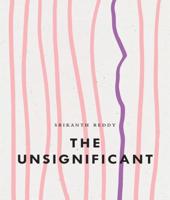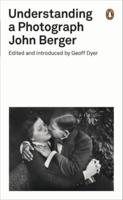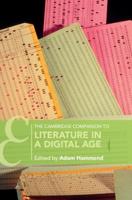Publisher's Synopsis
Charlotta Palmstierna Einarsson takes a closer look at the often peculiar, sometimes incongruous physical movements and gestures that characters perform in Samuel Beckett's drama, viz. mis-movements. Sensitivity to the embodied aspects of life is topical in Beckett's drama, but such mis-movements underwrite the intrinsic connections between sense and sense-making to safeguard an ethics of interpretation founded on embodied cognition. Tracing Beckett's aesthetics of gesture back to its phenomenological and embodied roots, Einarsson suggests that the use of mis-movements in Beckett's drama is a methodological solution to the predicament of expression that exposes the injustices done by language to audiences as embodied knowers. More than interpretative dilemmas, mis-movements offer conduits for spectators to re-connect with embodied experience. Thus, they are the poetic means through which an alternative ethics of interpretation begins to emerge.









